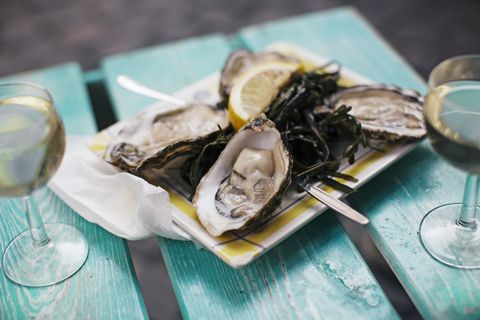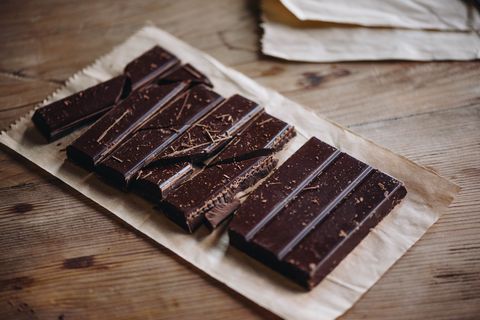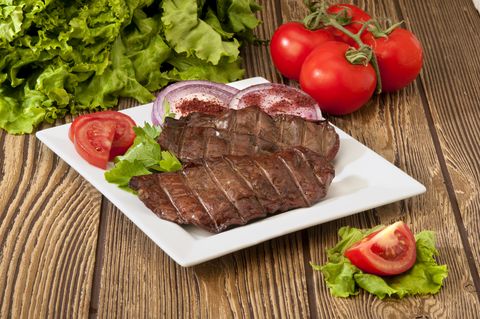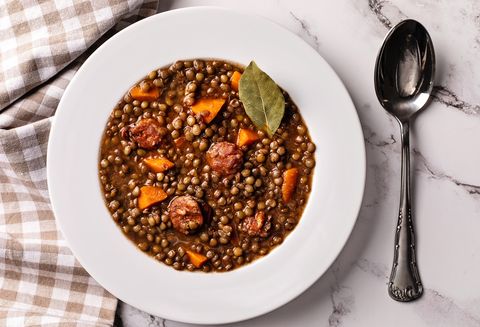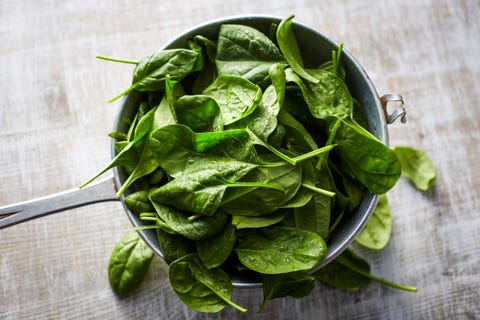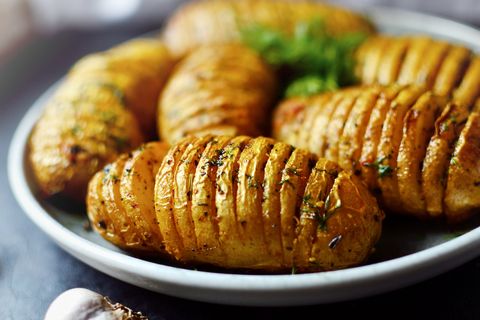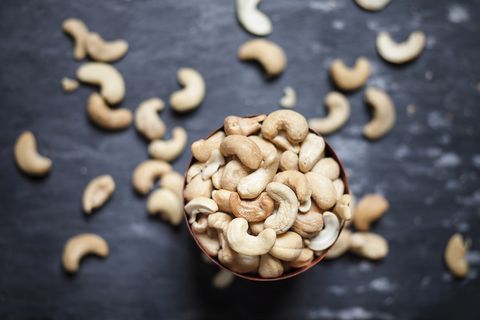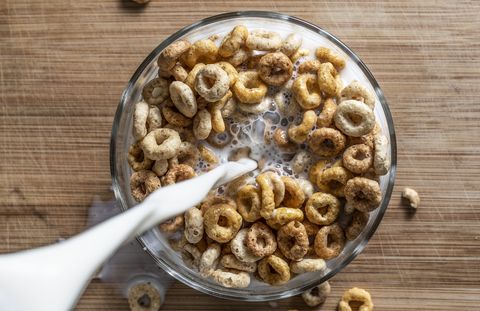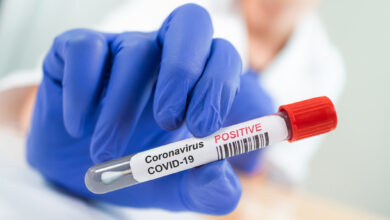15 Iron-Rich Foods – List of Foods That Are High in Iron
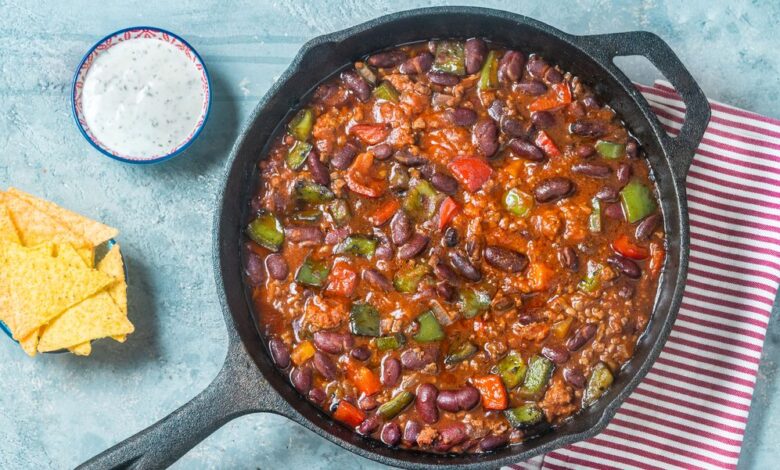
[ad_1]
Did you know that iron is found in every single cell of the body? This important mineral is needed to make hemoglobin, a part of red blood cells that helps carry oxygen throughout the body so cells can produce energy. Although iron is found in a variety of foods, approximately 10 million Americans are iron deficient.
What is iron deficiency?
When your iron stores run low, iron deficiency anemia can develop. Some causes could be not consuming enough iron-rich foods, issues with absorbing iron, heavy bleeding or losing more blood cells and iron than your body can replace and situations where your body needs more iron than usual like during pregnancy or lactation.
Some symptoms of iron deficiency include fatigue, weakness, dizziness, pale skin and fingernails, headaches and glossitis or an inflamed tongue. If you suspect that you have iron deficiency, it’s important to speak with your healthcare provider; they will likely take bloodwork to determine if you are in fact anemic and then determine a plan of action that includes dietary intervention, supplementation or both.
Populations at higher risk for developing iron deficiency include pregnant women, infants and young children, women with heavy menstrual bleeding, people with certain chronic diseases such as cancer and heart failure, older adults over the age of 65 and individuals who are on blood thinners.
How much iron do I need?
The Recommended Dietary Allowances (RDAs) for iron depend on a variety of factors, including age and life stage. In general, most adult males need about 8 mg of iron daily and adult women require 18 mg of iron daily. If you are pregnant or breastfeeding, iron needs go up; pregnant women need about 27 mg of iron daily and lactating women need roughly 9-10 mg of iron daily. The daily value for iron that you’ll see on nutrition labels is based on 18 mg.
In order to prevent iron deficiency, it’s important to focus on a balanced diet that includes a variety of good sources of iron. Iron comes from both animal-based foods (heme iron) and plant-based foods (non-heme iron). Animal or heme sources of iron are better absorbed by the body than plant-based or non-heme iron foods; the body actually absorbs two to three times more iron from these animal sources than from plants. But if you’re vegetarian or try to avoid animal products, don’t fret; you can still consume plenty of iron from plant-based foods and variety is important in a balanced diet. Try pairing plant iron foods with a source of vitamin C, which can help increase iron absorption of those foods. Here are some of the highest iron-rich foods to incorporate into your daily routine:
1. Oysters
Just 3 ounces of oysters contain 8 mg of iron or 44% of the daily value, making it an excellent source of the mineral. Drizzle some lemon on them for extra flavor and vitamin C, which will help boost iron absorption. But if oysters aren’t your thing, don’t worry; there are a ton of other iron-rich food options to choose from.
2. White Beans
Also known as cannellini beans, this silky bean has a slightly nutty flavor and pairs well in everything from salads to soups. In addition to high fiber and protein counts, one cup of canned white beans are an excellent source of iron since they contain 8 mg of iron or 44% of the daily value. Even 1/2 cup is a great iron-rich option too.
3. Dark Chocolate
Likely the most delicious option on this list, chocolate lovers will rejoice that dark chocolate is actually surprisingly high in iron. Three ounces of dark chocolate contains approximately 7 mg of iron or 39% of the daily value. Enjoy dark chocolate on its own or try dark chocolate covered strawberries, which provide a winning combination of iron and vitamin C to help absorption.
4. Beef Liver
Although liver isn’t as popular in the U.S. as it is in other countries, it is actually one of the most nutrient-dense foods on the planet. A standard three-ounce serving of beef liver is abundant in iron, boasting 5 mg or 28% of the daily value which makes it an excellent source of the nutrient.
5. Lentils
This plant-protein powerhouse is also a great budget-friendly staple to keep on hand in your kitchen. From spiced curry lentils to warm wild mushroom and lentil salad, you may be surprised by how versatile this vegan ingredient really is. A half cup of boiled and drained lentils contains 3 mg iron or 17% of the daily value, making it a good source of the mineral.
6. Spinach
Popularly known for its high iron content, a half cup serving of boiled and drained spinach has 3 mg of iron or 17% of the daily value. But spinach has high levels of a certain acid that can actually block iron absorption, so it’s important to pair spinach with a vitamin C rich food. Try squeezing lemon juice on cooked spinach for extra flavor and vitamin C or pairing cooked spinach with sautéed bell peppers (another vitamin C rich food).
7. Tofu
This plant-based staple packs in 3 mg of iron or 17% of the daily value in just a 1/2 cup serving. Not a tofu fan or just don’t know how to properly prepare it? Experiment with one of these delicious tofu recipes developed by the Good Housekeeping Test Kitchen.
8. Kidney Beans
This nutritious bean is rich in plant-based protein, fiber and a slew of other nutrients. Incorporating a half cup of canned kidney beans into your favorite dinnertime chili or stew adds 2 mg of iron or 11% of the daily value.
9. Sardines
Just 3 ounces of canned sardines in oil with the bones provides 2 mg iron or 11% of the daily value. This inexpensive fish is high in heart-healthy omega-3 fatty acids but low in mercury. Sardines are also abundant in vitamin B12, making them a popular choice among pescatarians. You can enjoy them straight from the can, add them to a salad or grill fresh sardines as you would any other fish.
10. Chickpeas
A half cup serving of boiled and drained chickpeas contains 2 mg iron or 11% of the daily value. From hummus to crispy chickpeas, there are a million ways that this simple legume can be deliciously transformed. Chickpeas are also packed with fiber, folate, protein and healthy complex carbohydrates.
11. Canned Tomatoes
Raw tomatoes themselves don’t contain a ton of iron, but canned stewed tomatoes pack in 2 mg of iron or 11% of the daily value in just 1/2 cup serving. Even tomato paste and sun-dried tomatoes contain considerable amounts of iron as well. Plus, tomatoes are also a great source of vitamin C which can help increase iron absorption.
12. Beef
Three ounces of beef has 2 mg of iron or 11% of the daily value. This heme form of iron is very bioavailable in the body. Try these easy ground beef recipes from the Good Housekeeping Test Kitchen that include everything from beef nachos to gourmet burgers and slow-cooker meatballs.
Pair your steak dinner with a baked potato for an extra iron boost. Just one medium baked potato boasts 2 mg of iron or 11% of the daily value. Be sure to eat the skin; that’s where all the nutrition is!
This snacking staple offers 2 mg of iron or 11% of the daily value in just a one ounce serving (that’s about 18 nuts). Try cashews in your favorite trail mix or get creative with this vegan cashew queso recipe.
15. Fortified Breakfast Cereals
Believe it or not, Americans consume about half of their dietary iron from bread, cereal and other grain products. Many breakfast cereals today are fortified with 100% of the daily value for iron (18 mg) in just one serving. A great way to increase the absorption of the iron from fortified cereal is to add in some sliced strawberries to that breakfast bowl or enjoy your cereal with a side of orange slices; both strawberries and oranges are rich in vitamin C which can help enhance iron absorption.
This content is created and maintained by a third party, and imported onto this page to help users provide their email addresses. You may be able to find more information about this and similar content at piano.io
[ad_2]
Source link


